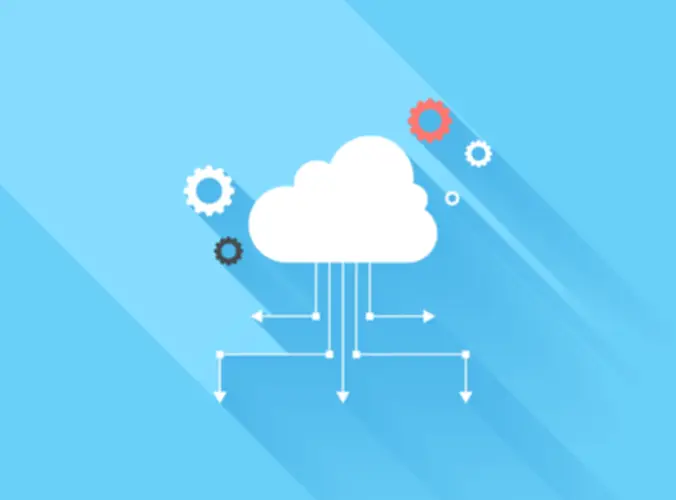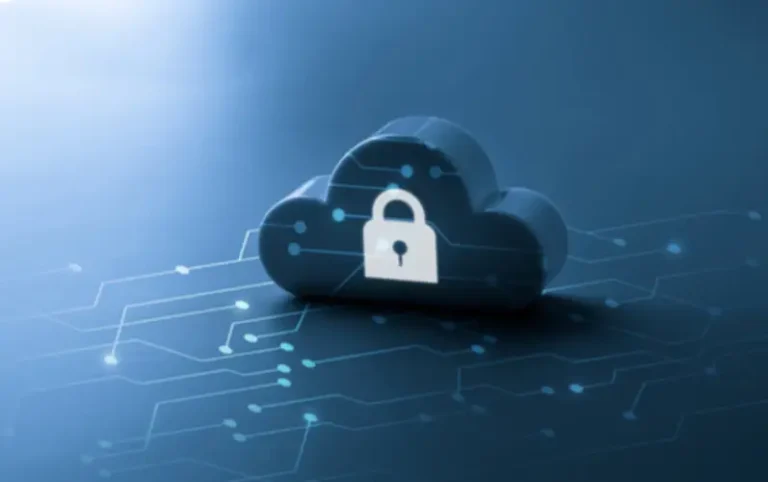Moreover, edge computing ensures steady operation even in areas with poor connectivity, making it important for dependable and secure autonomous automobile efficiency, especially in distant places or throughout community disruptions. Communication networks are important in IoT techniques, enabling data transfer between devices, gateways, servers, and the cloud. In edge computing, these networks ensure low-latency, high-reliability connections for real-time information transmission. Depending on the use case, the network may embrace wi-fi options like Wi-Fi, Bluetooth, Zigbee, or LoRaWAN, or wired connections like Ethernet or fiber optics. An IoT gateway processes data more effectively to help bridge these gaps and be certain that knowledge flows easily between the gadgets and the the rest of the community, especially for tasks that contain machine learning or artificial intelligence. Machine studying is usually achieved by processing giant amounts of uncooked information and using algorithms to extract significant patterns.
- Edge computing additionally supports scalability as cities develop, reducing the burden on central data centers by processing extra information locally, ensuring dependable services scale efficiently and without performance issues.
- Vendors of edge computing gear in fact aren’t waiting due to the earlier-mentioned use cases and scenarios by which edge already is smart and since it’s not sure what use cases we’ll see.
- Moreover, most of the so-called next-generation functions that will actually need extraordinarily low latency and intensely excessive availability are not right here yet.
- We also requested different specialists to chime in with their explicit definitions of edge computing in clear terms to which will prove useful for IT leaders in various discussions – including those with non-technical individuals.
And Edge Computing
Whereas HD video streaming requires high bandwidth, customers, on the opposite end, want a easy streaming experience. Content supply may be improved considerably by moving the load nearby and caching content on edge. We additionally requested other specialists to chime in with their particular definitions of edge computing in clear terms to which will show useful for IT leaders in various discussions – together with those with non-technical folks. Edge computing works by bringing computation and storage nearer to the producers and consumers of knowledge.
At its simplest, edge computing brings computing resources, information storage, and enterprise applications nearer to where the folks really consume the knowledge. Edge computing is defined because the practice of processing and computing shopper knowledge closer to the data source somewhat than on a centralized server or a cloud-based location. This article explains edge computing intimately and shares some helpful greatest practices for edge computing in 2022. Nonetheless, it is very important note that cloud service suppliers additionally present edge computing services. For example, AWS edge providers deliver data processing, analysis, and storage close to your endpoints, allowing you to deploy APIs and instruments to locations outside AWS data facilities.

We live in an clever world amid good gadgets and quickly evolving expertise. As a end result, many of us don’t even understand that we are surrounded by edge computing in our day-to-day lives. Every Little Thing from distant office work to distant surgical procedures, smartphones to good cities, self-driving vehicles to voice-controlled gadgets are attainable due to edge. Edge computing’s decentralized nature means one compromised edge system doesn’t have an result on knowledge on all other devices. Additional safety measures can additionally be carried out immediately on edge units like firewalls or intrusion detection techniques.
In truth, even when 5G is actually here there’s totally no assure that true self-driving automobiles will ever be a actuality except in specific areas; there is way more to it than meets the attention. VR and AR would possibly find their play right here and there but in industrial purposes slower than many prefer to consider as turns into clear within the half on edge computing and Business 4.zero. Edge computing is a distributed computing paradigm bringing compute, storage, and purposes closer to where users, amenities, and linked issues generate, consume, and/or leverage data.
This real-time monitoring and prompt response system isn’t just about keeping the lights on. It improves efficiency and reliability, particularly as more renewable vitality sources are integrated into the grid. They adapt to real-time circumstances edge computing definition, utilizing information from local sensors to maintain visitors shifting easily.

Edge computing can energy all the weather of a wise city, including autonomous automobiles, good road lighting, smart factories, smart energy grids, and public transport to be monitored for higher efficiency. Edge computing is a distributed computing framework that enables information to be processed closer to the place it’s created. This could be seen in the proliferation of compute, storage and community equipment merchandise particularly designed for edge computing. Extra multivendor partnerships will allow better product interoperability and flexibility on the edge.
Edge Vs Cloud: Tips On How To Explain
To successfully handle devices, companies should establish Warehouse Automation a complete gadget management strategy. This contains remote monitoring tools that enable for real-time diagnostics and updates, in addition to automated techniques for pushing software updates or patches. Moreover, organizations ought to prioritize gadget health checks, making certain that sensors, actuators, and communication modules are functioning correctly and offering accurate knowledge.
Before stepping into the first major tier, the Service Provider Edge (SP Edge), it is important to https://www.globalcloudteam.com/ perceive the idea of a centralized information center. These facilities host cloud-based computing providers, offering economies of scale and suppleness that individual units cannot achieve. And so, rather than touring to the cloud, the data processing is completed “on the edge.” Typically meaning the processing happens the place it’s launched — within the system itself. For larger jobs, it additionally typically means processing in “cloudlets,” that are essentially decentralized mini-data centers that may deal with sure commands of certain users. Think of edge as an extension of the cloud rather than a substitute, says Seth Robinson, senior director of technology evaluation at know-how association CompTIA. In truth, edge is a key enabler for unlocking the full energy of information within the cloud.
Some business watchers imagine the cloud will one day be used largely for storage and big computations. And as a end result of huge quantities of information they gobble up, a lot of tech’s future marquee breakthroughs — issues like self-driving vehicles that rely on LIDAR to keep away from crashes and large-scale drone delivery — are almost certain to include edge data centers. Major innovations that are now taking off, like IoT, AI and high-tech farming additionally lean on the sting. It is difficult to collect knowledge from places with unreliable connectivity and bandwidth. Establishing compute and information storage capabilities at the community edge helps enterprises collect and transmit knowledge from distant oil fields, industrial zones, and offshore vessels.
The Internet of Issues (IoT) is transforming industries like healthcare, manufacturing, good cities, and even autonomous vehicles—making our daily lives hyperconnected. But as extra devices come on-line, relying solely on cloud computing can lead to gradual response occasions, excessive bandwidth prices and security dangers. The traditional cloud-based infrastructure struggles to maintain up with the demands of real-time knowledge processing, low latency, and proactive, preventative safety. Earlier Than we dive in, let me clarify what is edge computing is about and how it applies to IoT. Merely put, edge computing processes data right the place it’s generated as a substitute of routing it to distant knowledge facilities. This local handling accelerates decision-making and minimizes delays—an important benefit in IoT, where countless gadgets continuously gather and trade info.

Edge computing has evolved from an emerging expertise to a basic part of modern digital infrastructure. As businesses generate vast amounts of real-time knowledge, edge computing offers the important basis for instant decision-making and efficient operations. The influx of data grows exponentially from varied sources corresponding to IoT, sensors, functions, and devices. As a result, it is necessary to analyze data rapidly to determine the scope of your project and improve buyer expertise.
By leveraging enterprise software integrated with edge infrastructure, businesses can predict equipment failures, improve efficiency, and reduce downtime. The 5 major elements driving edge computing are latency, bandwidth, security, connectivity, and AI. IoT and edge computing units gather knowledge and handle it in considered one of two primary methods.
Micro information centers are small, localized computing hubs designed to deal with knowledge processing wants in environments which may not be suitable for large-scale information centers. These are notably valuable in distant industrial settings, rural areas, or locations the place network connectivity is unreliable. For instance, stores can process data from sensors and cameras locally to understand buyer preferences and suggest tailored promotions. These computing providers improve the tip consumer expertise and help businesses stay aggressive. Edge infrastructure enables seamless integration of technologies like synthetic intelligence and machine studying. For instance, industrial IoT units can analyze information domestically to optimize processes without relying on a central server.
With edge computing, the automobile can process and react to information in actual time, with out ready for a signal to journey to a distant server and again. The main distinction between edge computing and cloud computing lies within the location where information is processed. Cloud computing sends data from devices to remote data centers or the cloud for processing and evaluation. This works nicely for tasks that don’t require instant responses or for large-scale knowledge operations. Nonetheless, the cloud has limitations in latency, as all that information should travel long distances, inflicting delays that can affect real-time functions. Edge devices are bodily hardware corresponding to IoT gateways, industrial controllers, sensible shows, point of gross sales terminals, vending machines, robots, and drones.